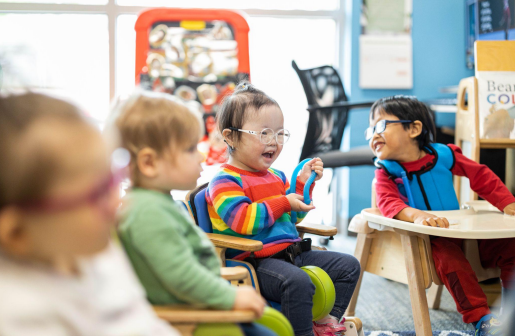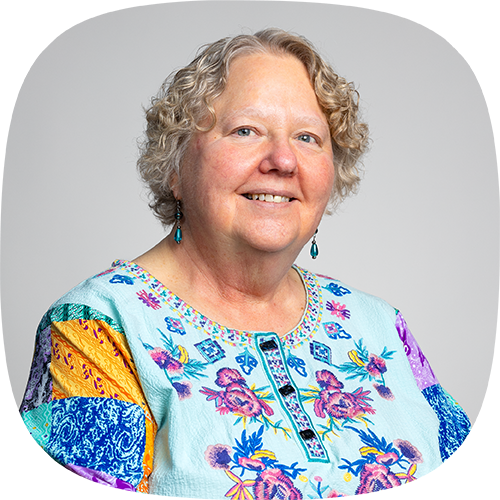
by Linda Steed, PT
“Apply your heart to instruction and your ears to words of knowledge.” Proverbs 23:12
About 1 in 6 children, or 17% of children aged 3-17, have one or more developmental disability.1 When a child falls behind the typical developmental timeline, it is important to seek help as soon as possible. Infancy and early childhood are critical periods of brain development, so early experiences are vital for learning and helping children reach developmental milestones. During these early years, a child’s brain is able to change very easily with very little effort (see chart below).

Neuroplasticity of the brain is highest in infancy
● Central Nervous System: The central nervous system is still maturing, and neural pathways are still flexible and easily influenced2.
● Nervous System Connections: Each child is born with trillions of neurons (specialized nerve cells) in the brain with connecting fibers. Long tendrils, called axons, extend from each neuron, and transmit electrical and chemical reactions, called an action potential. Synaptic terminal tendrils release electrical and chemical reactions to the neighboring neuron. A synapse is the communication junction between a neuron with the synaptic terminals of the axon from another neuron.3( synapse picture)

● Speed of Development of the Nervous System: Between infancy and the early grade school years, a child’s brain overproduces these neural connections. Synapses form at the fastest rate in life during the first three years of life. A study from Harvard University states, “more than 1 million new neural connections per second are formed in the young child’s brain.”2 The brain determines which connections are most and least essential and “prunes” away the least useful ones. The synapses that remain functional are based on the child’s early experiences – sensory, motor, emotional and intellectual, and physical4. Though genes provide the basic blueprint, experiences influence how or if the genes get expressed.
● Shaping Experiences through Early Intervention: By shaping a child’s experiences through early intervention, engaging their senses as much as possible, creating a loving and nurturing environment, and offering adaptations and interventions during the time in their life when their brain is most receptive to change, you CAN change a child’s life! You can change a family’s future, and you can change villages, cities, counties, or countries’ futures with education and early intervention!
Want to learn more about early intervention and disabilities? Click here to enroll in Little Light House’s FREE online course “Who is the Child with Special Needs?”
Citations
1Gilmore, J. H., Knickmeyer, R. C., & Gao, W. (2018). Imaging structural and functional brain development in early childhood. Nature reviews. Neuroscience, 19(3), 123–137. https://doi.org/10.1038/nrn.2018.1
2Harvard University. (2019, August 20). Brain architecture. Center on the Developing Child at Harvard University. Retrieved June 30, 2022, from https://developingchild.harvard.edu/science/key-concepts/brain-architecture/
3Hasan, S. (Ed.). (2020, June). ADHD (for parents) – nemours kidshealth. KidsHealth. Retrieved July 6, 2022, from https://kidshealth.org/en/parents/adhd.html
4Why does the developing brain undergo these critical periods in its development? ZERO TO THREE. (2014, May 24). Retrieved June 30, 2022, from https://www.zerotothree.org/resources/1370-why-does-the-developing-brain-undergo-these-critical-periods-in-its-development

Linda Steed, PT, is the Senior Director of National and Global Advancement at Little Light House, in Tulsa, OK. Linda received a B.S. degree and certification in Physical Therapy from the University of Oklahoma in 1974. She has been a licensed Physical Therapist since 1974 and at Little Light House since 1996. Linda was inspired to pursue a PT career by her father, a polio survivor who faced many challenges and lived a successful life. Working with children with special needs in an orphanage in China in 1995 and a trip to Bishkek, Kyrgyzstan in 1996, where she worked with children with special needs and their families, motivated Linda to serve the students at LLH as a member of the transdisciplinary team and delivering physical therapy services. She was also a foundational leader in developing the LLH’s Global Impact program. She has led 18 trips to teach about working with children with special needs in 6 countries outside of the U.S.

